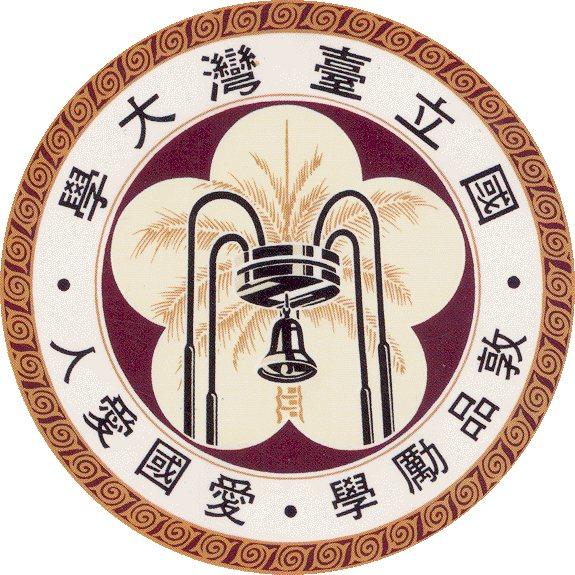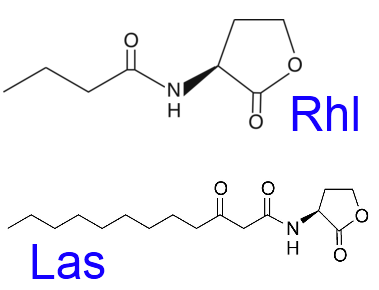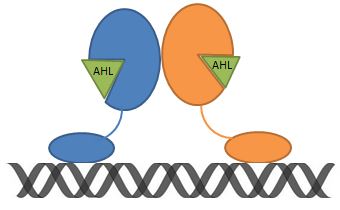Team:NTU-Taida/Project/Target
From 2013.igem.org
(→AHL binding and quorum sensing transcriptional regulator) |
(→) |
||
| Line 22: | Line 22: | ||
[[File:NTU-Taida-target-3.jpg|700px|thumb|center|Figure.3]] | [[File:NTU-Taida-target-3.jpg|700px|thumb|center|Figure.3]] | ||
| - | |||
{{:Team:NTU-Taida/Templates/ContentEnd}}{{:Team:NTU-Taida/Templates/Footer|ActiveNavbar=Project}} | {{:Team:NTU-Taida/Templates/ContentEnd}}{{:Team:NTU-Taida/Templates/Footer|ActiveNavbar=Project}} | ||
Revision as of 15:52, 27 September 2013
Project Target Molecules
Quorum sensing (QS) signals can be transmitted through several types of molecules. In our project, we used Rhl, Las and PQS quorum sensing signals as our target. Both Rhl and Las systems use acyl homoserine lactones (AHLs) as quorum sensing targets, while PQS uses 2-heptyl-3-hydroxy-4-quinolone as its QS target.
Acyl-homoserine lactone and quorum sensing transcriptional regulator
For gram negative bacteria, Acyl-homoserine lactones (AHLs) are used as quorum sensing signals. AHL consists of a five-member homoserine lactone ring and an acyl side chain. The length and the substitution group of the side chain determine the specificity of AHL-receptor binding. On the other hand, the transcriptional regulator consists of an N-terminal ligand-binding domain (to bind AHL) and a C-terminal DNA binding domain.
Long Term Project: Quorum Seneing array
Since the structure of the ligand-binding domain enables it to have certain interaction with AHLs that have different side chain length, and the interaction is still obvious when the length difference is in 2 carbons, a multi-QS system with their AHL of 4, 8, 12-C side chain could detect and identify AHL from 2~14 carbons; applying the idea of linear combination.
What we have used, Rhl, Las and PQS are all original from Pseudomonas aeruginosa. According to the fact that strains with different drug-resistance also have different combination of QS expression level, our system may not only distinguish bacteria between species but also within species.
 "
"





